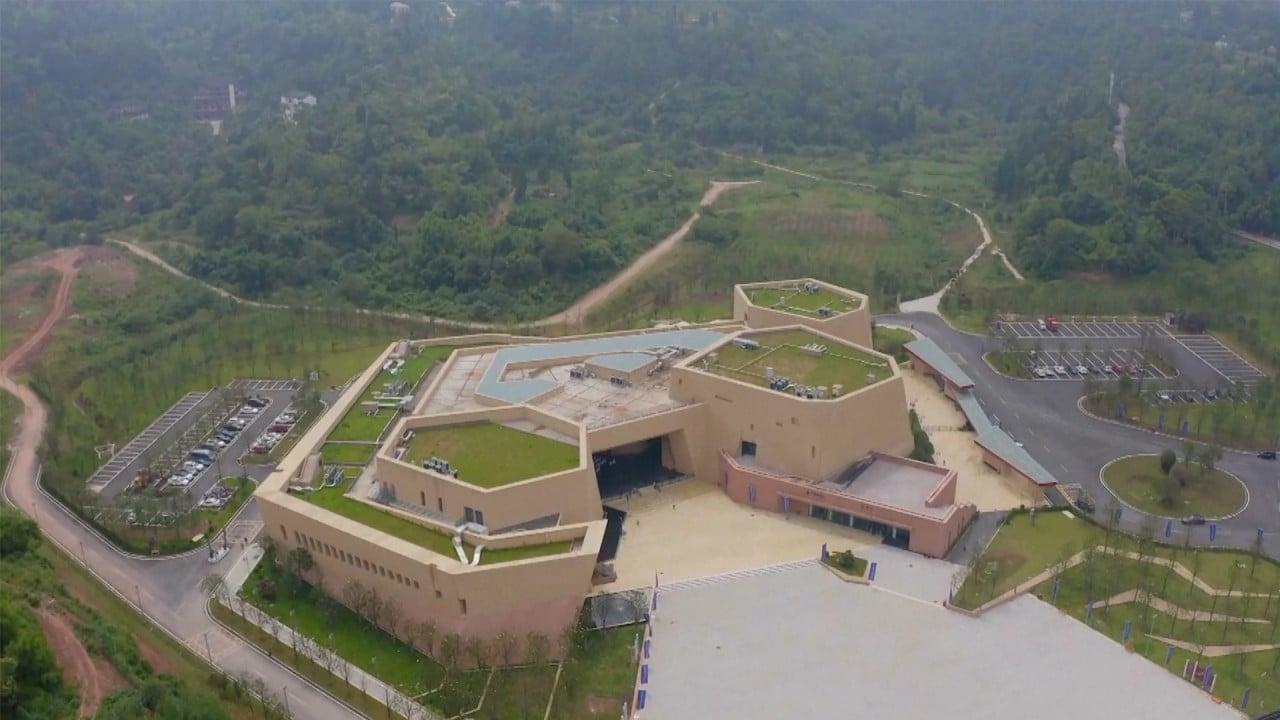
The Sanxingcun site dates back 5,500 to 6,500 years and was first excavated from 1993 to 1998, with a focus on its burial sites. It sits at a relatively high elevation and is surrounded by rivers.
The new project will cover 800 square metres (8,611 sq ft) of the site, which measures 350,000 square metres in total.
More than 4,000 artefacts and animal bones have been unearthed from the site. They include a stone axe decorated to symbolise power and authority and a cup featuring the earliest known example of “cloud and thunder” patterns – a common motif in Neolithic art from China.
Jade objects, stone tools, pottery, bone tools and carbonised rice were also discovered at the site.
Archaeologists have unearthed more than 1,200 skeletons, including 200 skulls – a relatively rare find for the time period and area – from 1,000 tombs, mostly located in the southern part of the site.
They, along with peers from the Institute of Vertebrate Palaeontology and Palaeoanthropology of the Chinese Academy of Sciences, are studying the DNA of the human remains.
In southwestern China’s Sichuan province, archaeologists have uncovered about 13,000 artefacts from the Sanxingdui site. The site is considered one of the most important discoveries of the 20th century and has shed light on a little-known civilisation, the Shu kingdom, from around 4,500 years ago.


